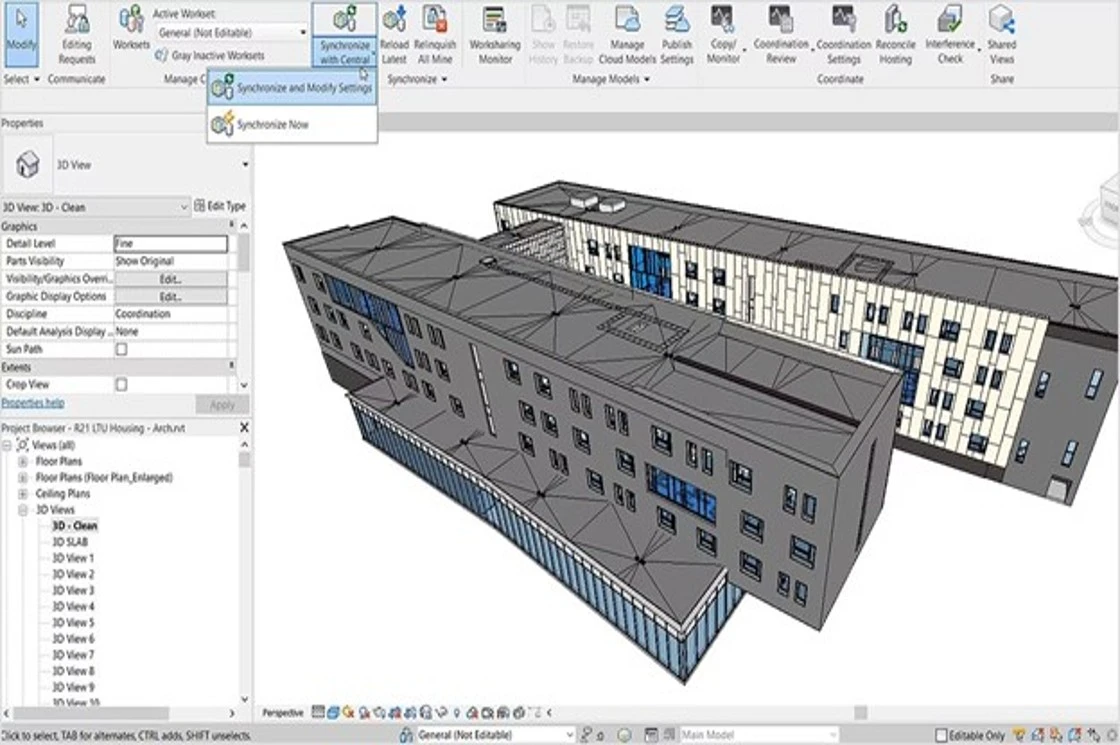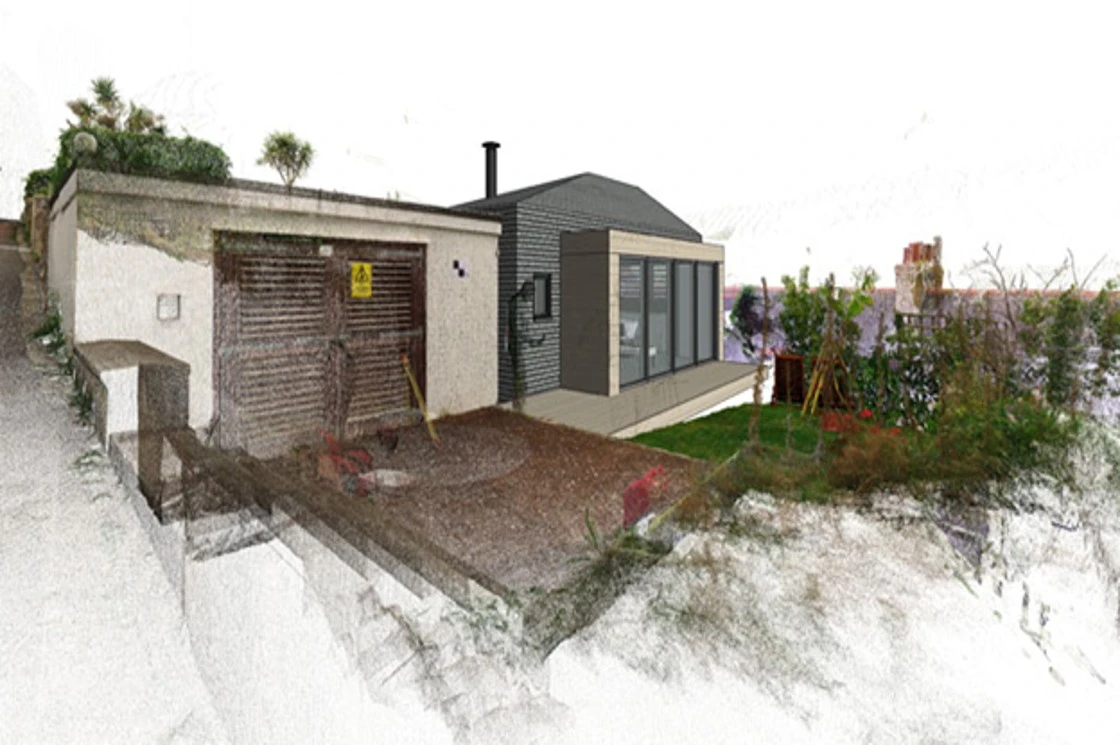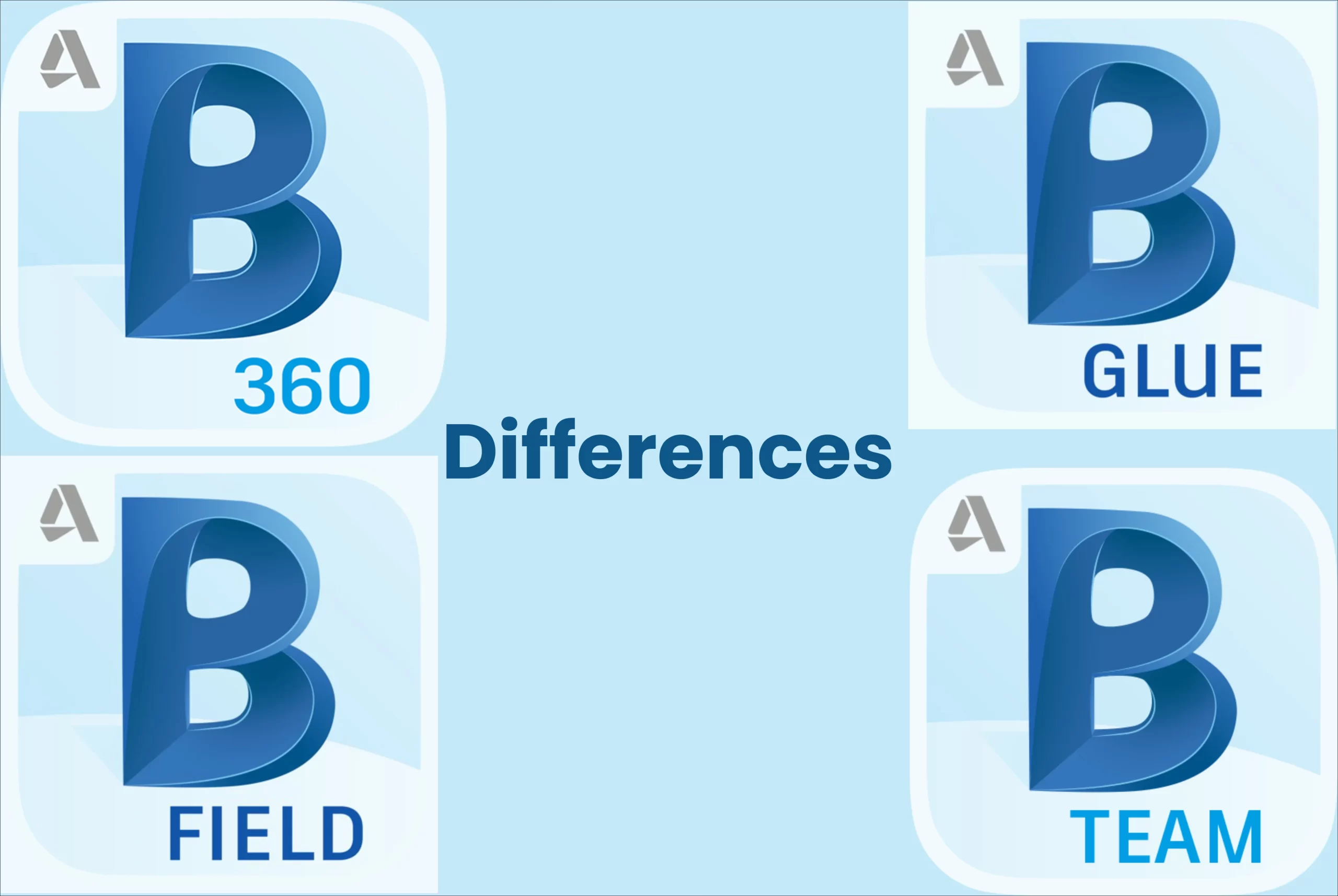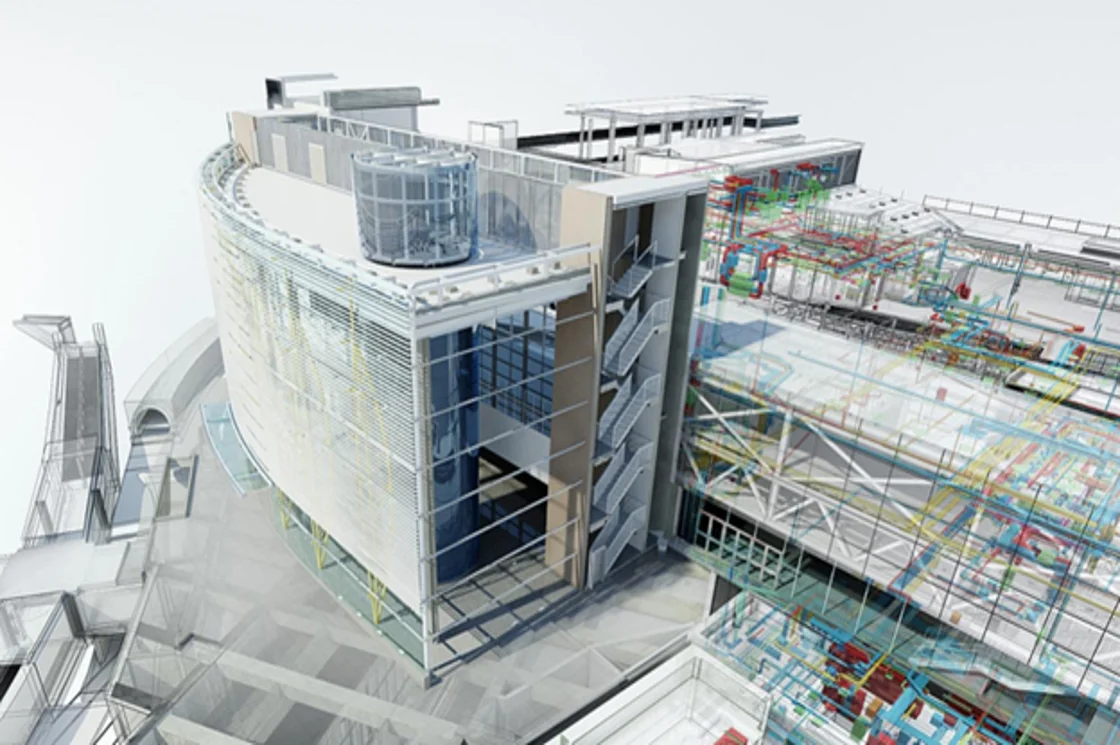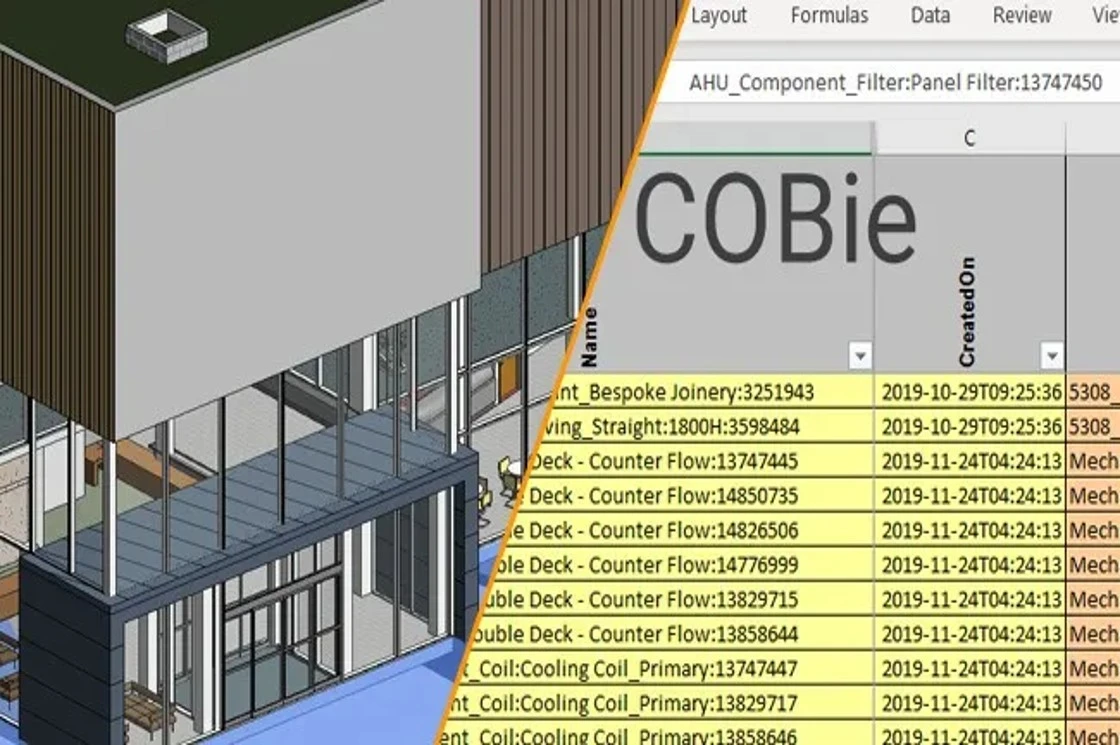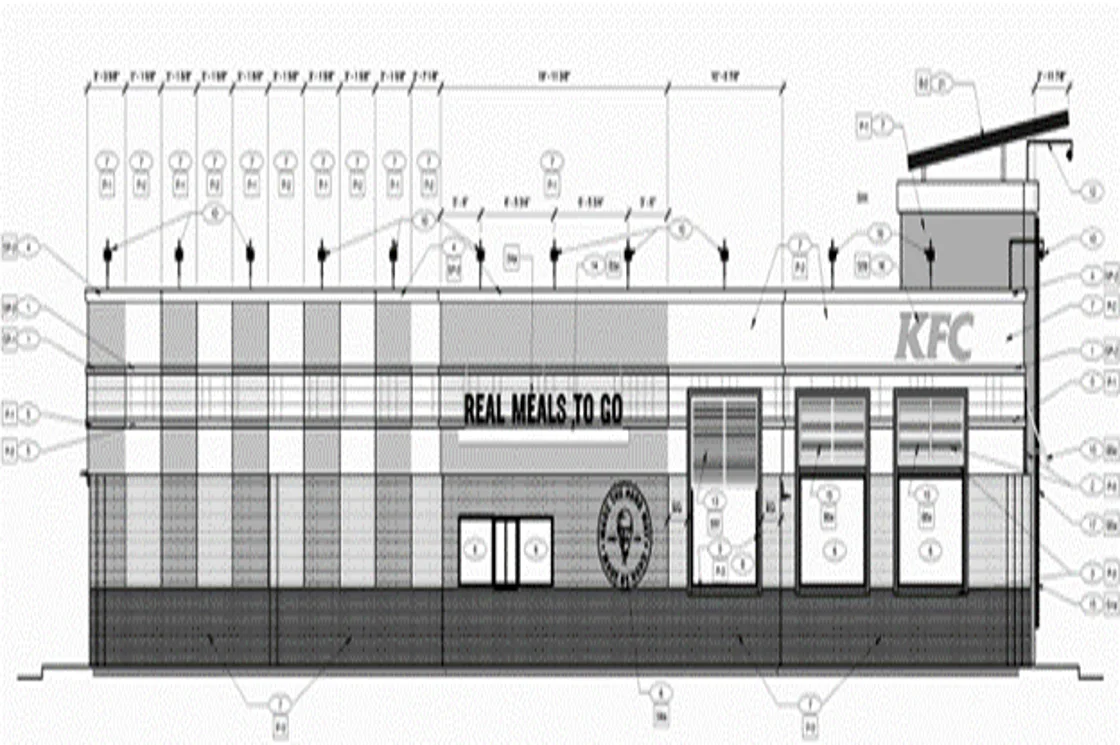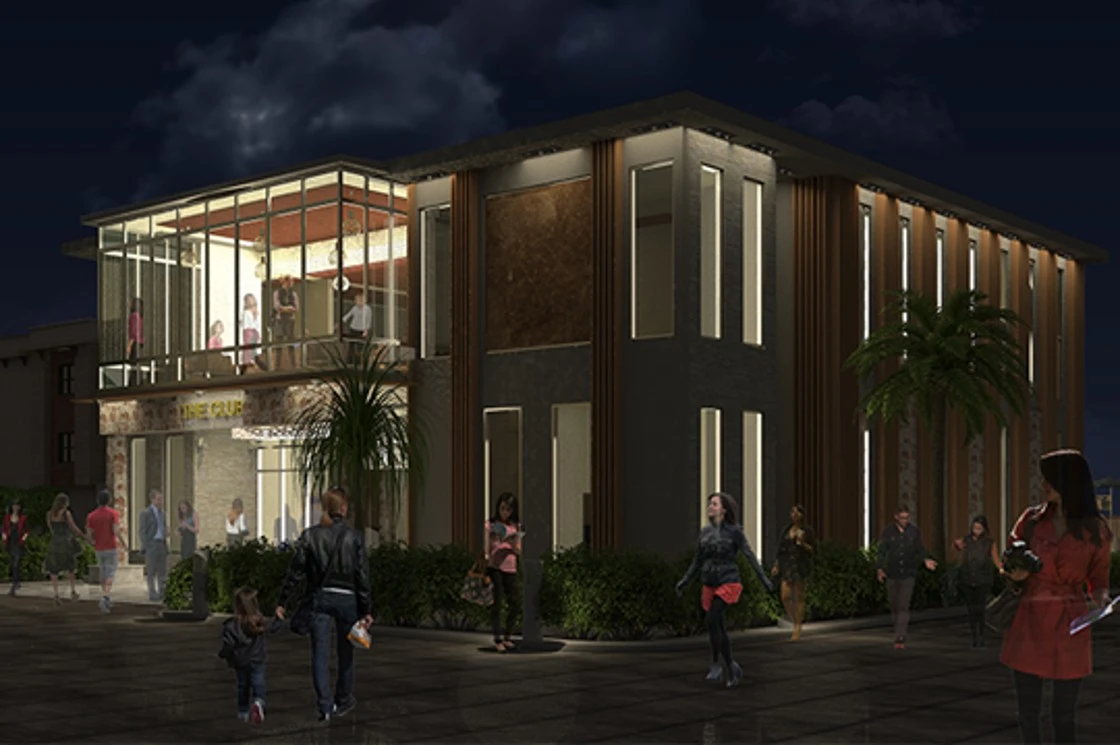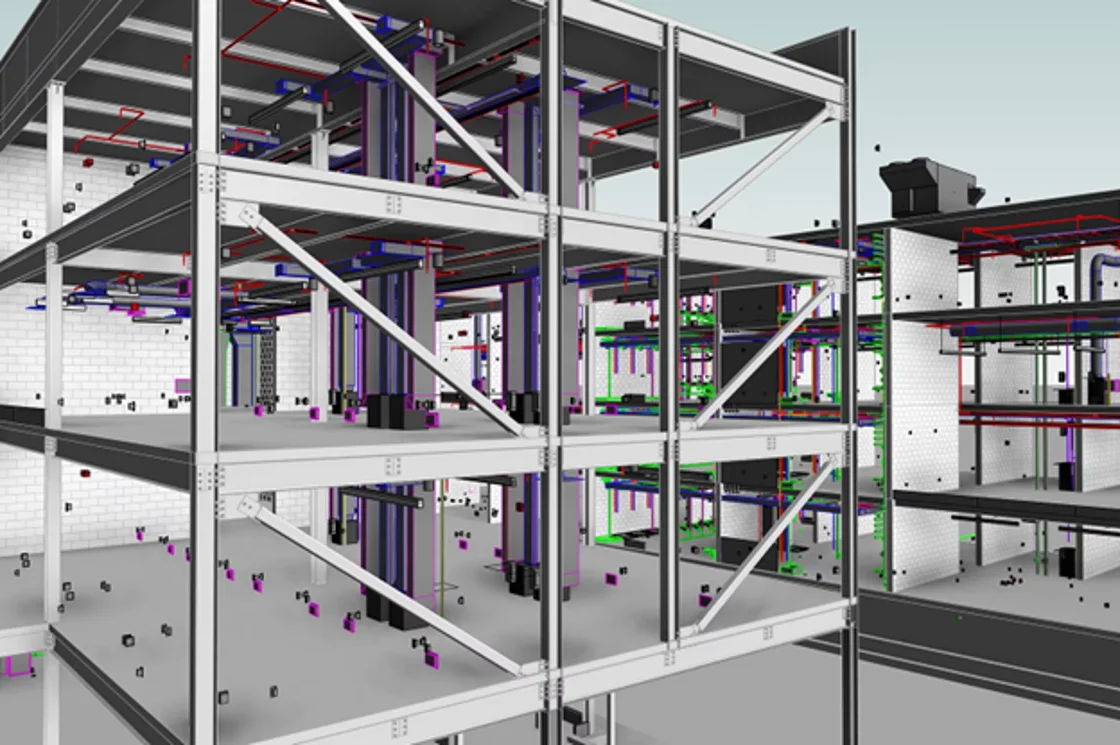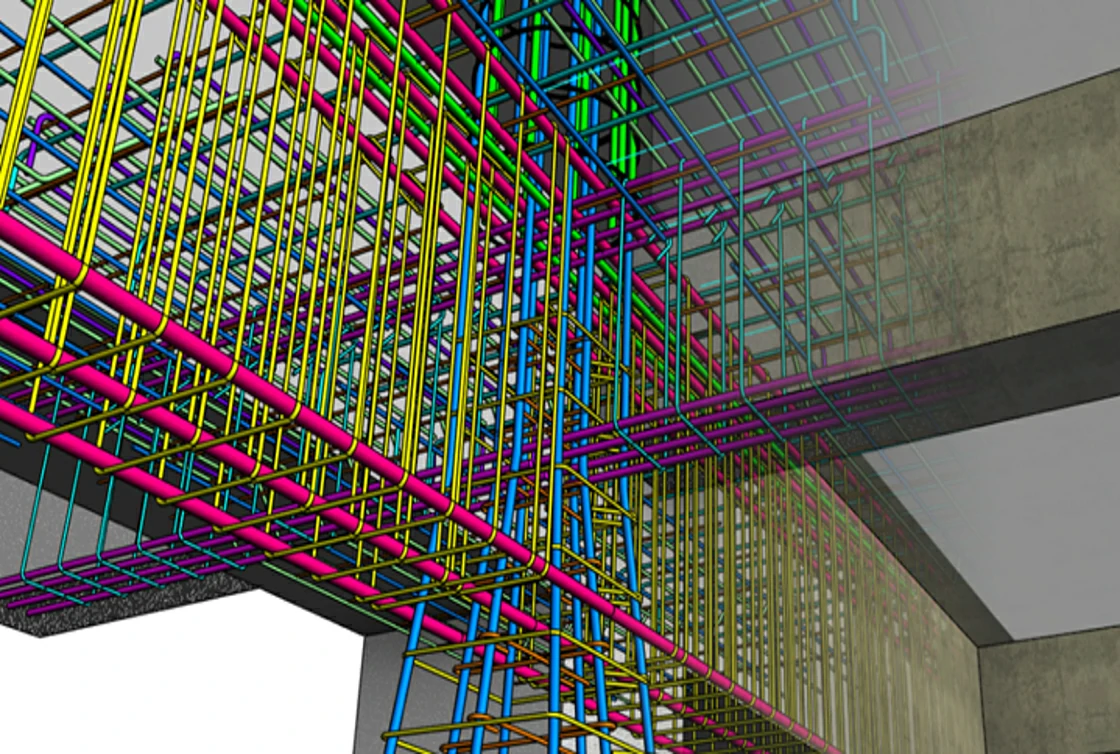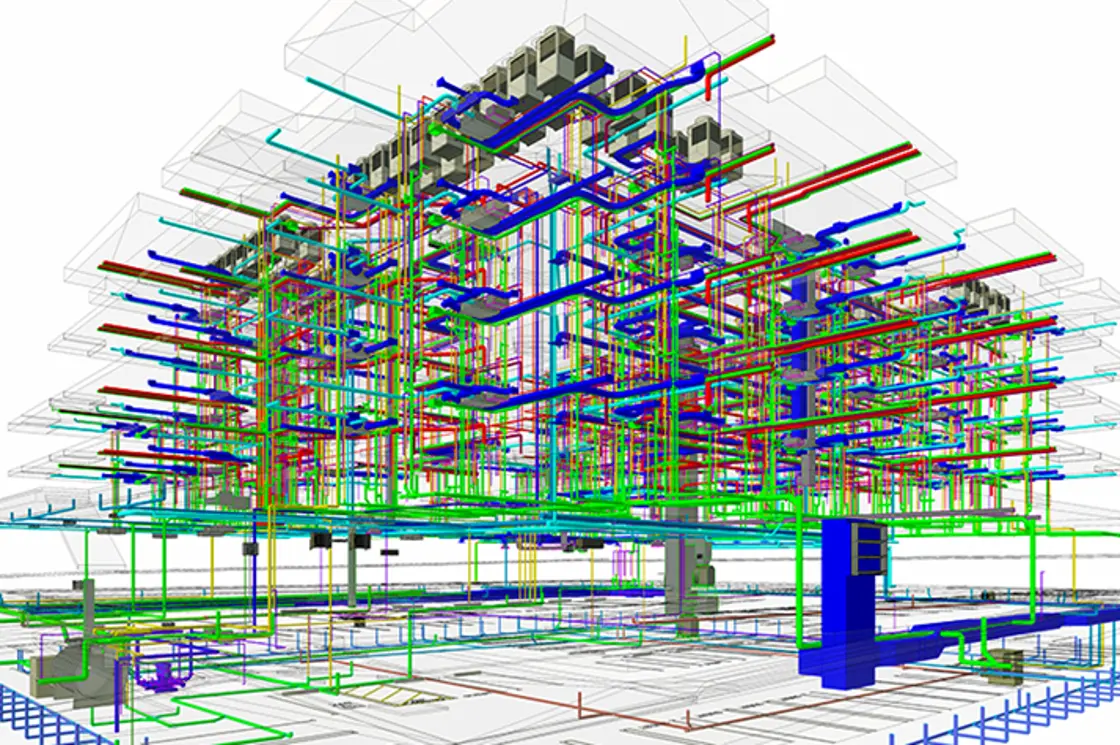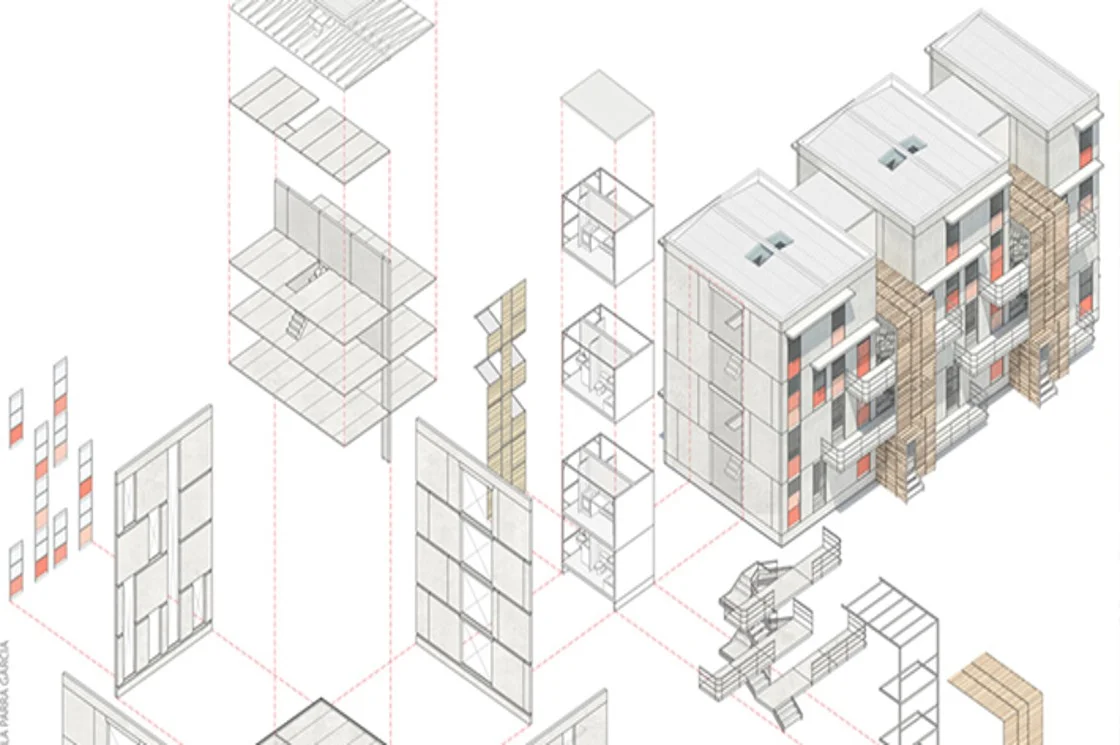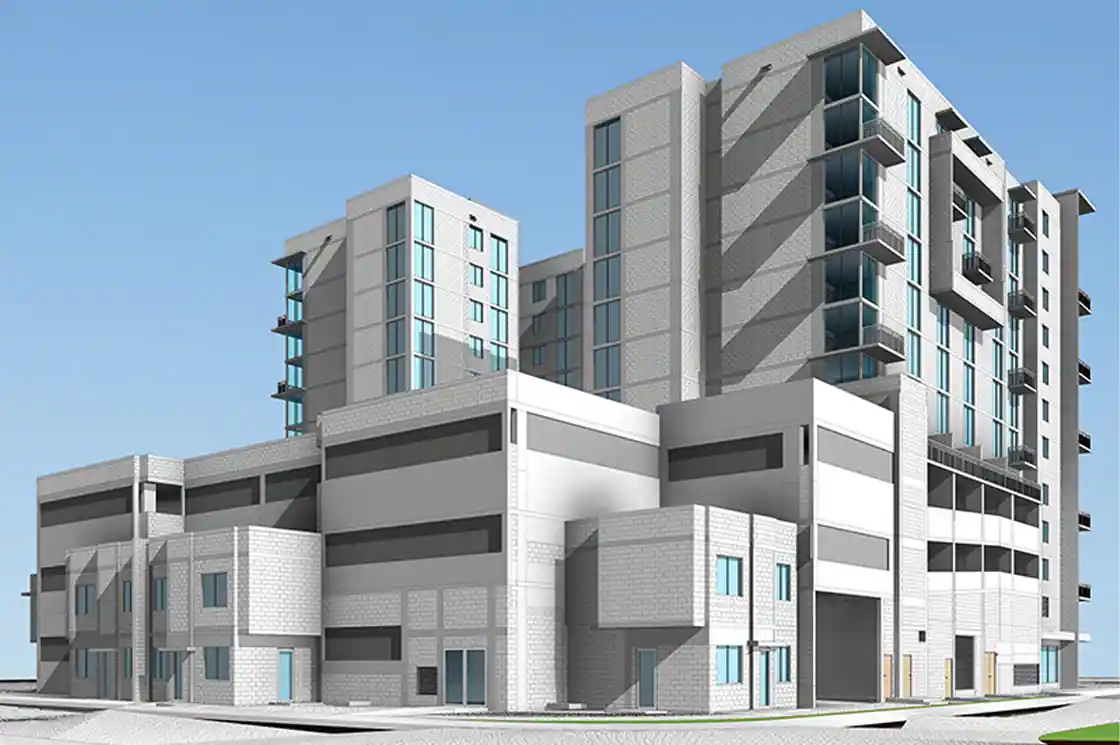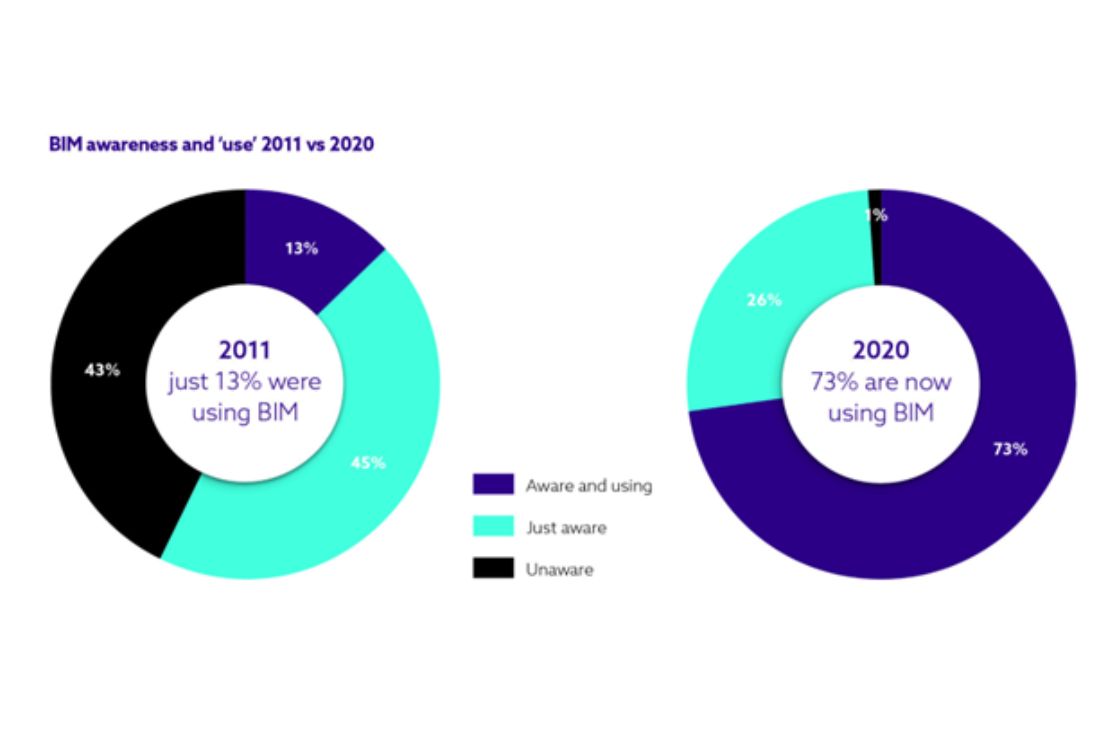9 Catalysts that are Changing the ‘Good’ for ‘Better’ in the Real Estate Industry
BIM brought to the AEC industry an unparalleled transformation, enabling efficient and collaborative working. However, with ever-advancing technology, the typical workflow of the AEC industry is undergoing a profound shift.
The digital realm leads the sector with several breakthroughs like advanced 3D visualization, construction simulation services, scan to BIM, etc. It has helped the industry gain a competitive advantage and led to faster growth. Let’s delve into the key catalysts bringing about the change.
Top 9 Trends to be reckoned with…
1. BIM Technology

The market size of BIM is growing at a fast pace. From USD 7.5 billion in 2022 to a projected value of USD 17.9 billion by 2028, it is the key trend for the AEC industry. As the world experiences rapid urbanisation, the demand for quicker turnarounds, sustainable structures, and cost optimization leads to adopting BIM in the workflow.
2. AR/VR

The value of AR and VR market revenue is expected to reach USD 52.05 billion by 2027, with a CAGR of 13.72% from 2023. Enabling the synchronization of the proposed project with real-world settings, augmented reality, and virtual reality lets one experience each aspect of the project before actual construction. This technology helps in site inspection, visualization, and to present the design more effectively to the clients.
3. Offshore Construction

Increasing urbanization, enhanced quality, and quicker project completion are a few of the leading factors driving the growth of offshore construction. While the value of the modular construction market was $131.6 billion in 2021, it is expected to hike with a CAGR of 6.1% and reach a value of $234.6 billion by 2031.
4. Automation

Automation is leading the path! From proposing design solutions to carrying out in-depth project analysis for clash detection and resolution, it helps streamline the process and offers error-free results.
5. MEP Prefabrication

Gone are the conventional days of overlapping several blueprints to analyze the structure. While MEP modeling already ruled the AEC sector, prefabrication further enhanced efficiency. The MEP parts are manufactured off-site with precise sizes and specifications and brought to the site for assembly.
6. Machine Learning

Machine learning offers unparalleled advantages to the AEC industry by making tasks more straightforward and efficient. It helps in eliminating the need to perform repetitive tasks. Thus resulting in better team productivity and generating error-free results.
7. Green Building Practice

The Green Building market is chasing to reach USD 1312.12 billion by 2030, with a growth rate of 9.5% from 2022. As the awareness of sustainability hikes, consumers are more driven toward energy-efficient structures. The sustainable practice continues to thrive as one of the key trends shaping the AEC landscape.
8. Metaverse

Through the introduction of virtual collaboration spaces, immersive digital experience, and enabling the construction of digital twin models, Metaverse is bringing about a revolution in the typical AEC industry. It fosters clear communication and aids in real-time decision-making. Metaverse is a one-of-its-kind approach to bridging the gap between the physical and digital construction world.
9. 3D Printing

The 3D printing market is growing at a CAGR of 87% to reach a value of $523.3 billion by 2030. It is an advanced construction approach enabling off-site printing of structures with materials like clay and concrete. Owing to the cheap labor cost, enhanced productivity, and quick project delivery, it plays a vital role in the new-age construction realm.
10. Embracing the Digital World

A collaborative physical and digital construction approach leads to more eco-friendly and efficient practices. Advancements like construction simulations, modular construction, automation, etc., are collectively shaping the future for the industry’s unprecedented growth.
Common Queries
1. What are the BIM-driven innovations for the construction industry?
3D laser scanning, AI-powered automation, cloud-based collaboration, data interoperability, etc., are a few of the BIM-driven innovations in the AEC realm.
2. How can AI be adapted to the AEC workflow?
AI aids in cutting down the need to perform repetitive tasks through machine learning algorithms. It also helps in better analysis and enhanced efficiency of the workflow.
3. What are the key emerging technologies for the AEC industry?
AR, VR, BIM, automation, etc., are the key emerging technologies in the AEC realm.
4. Is BIM the ultimate future of the construction sector?
BIM shapes the industry’s future through its collaborative workflow, streamlining the process.



